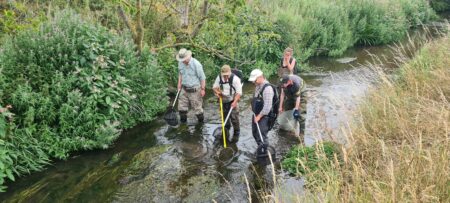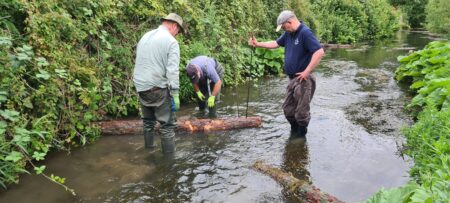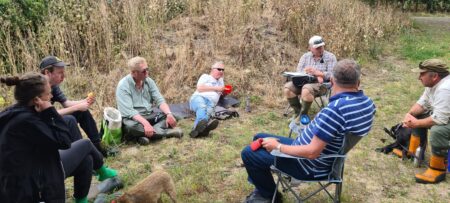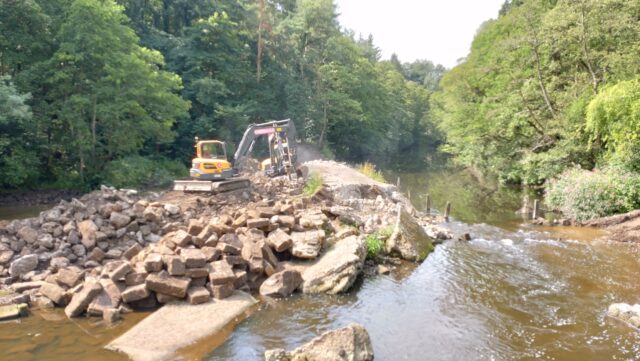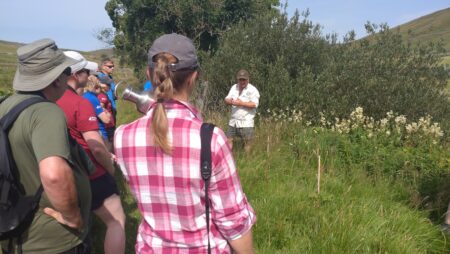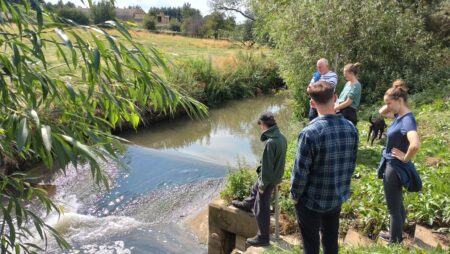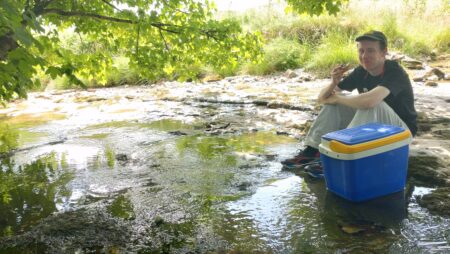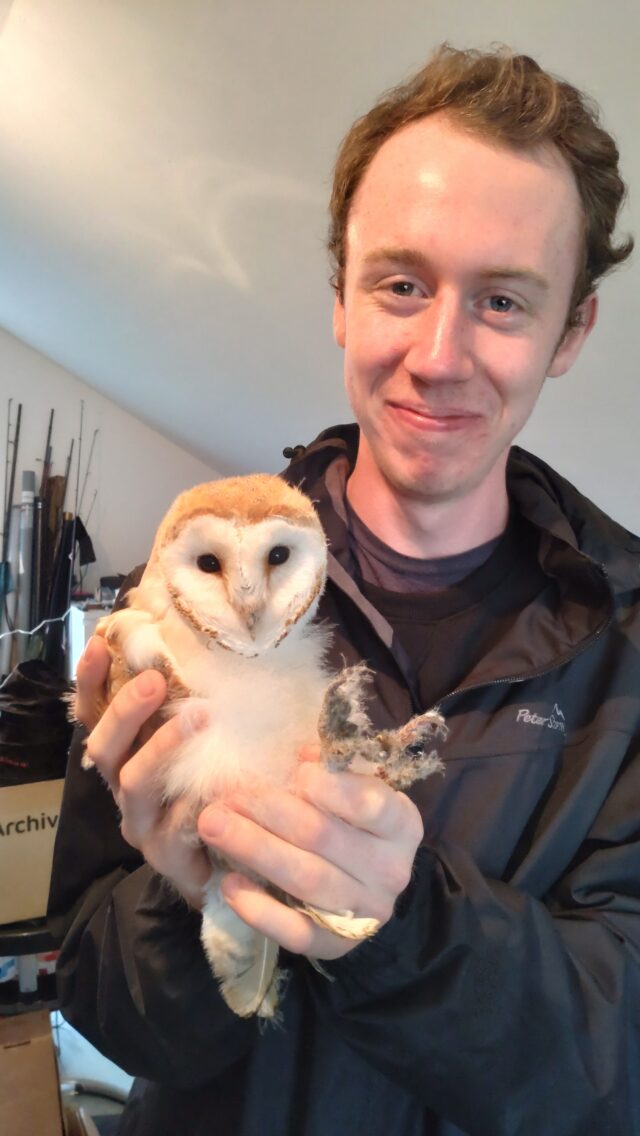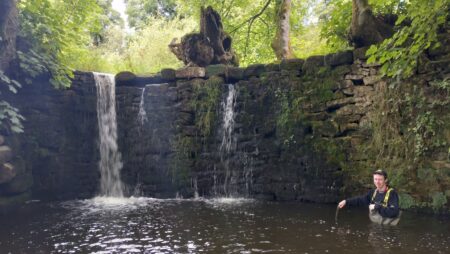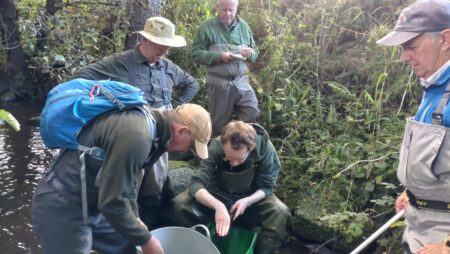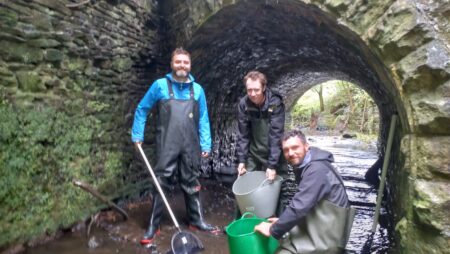Freddy Weaver started his placement with the WTT and Prof Jonny Grey in July. Following on from his first blog post, just one week in, here is his second update:
Hey everyone, it’s Freddy again! At the time of writing, I am halfway through my three-month placement with the Prof on projects across God’s own county of Yorkshire. The work has been diverse, and I have met some remarkable characters, all driven by the same desire to improve our watery environments. It has truly been a wonderful time that I will treasure and seemingly completely fuelled by pork pies! In this post I will give a flavour of the work we have been up to.
Much of the practical stuff has involved collaborating with local angling clubs and, as a keen angler myself, it has been uplifting to see how many clubs are looking to improve their stretches. The generous guesting offers have been a lovely and appreciated benefit! As an example, Jonny led a workshop hosted by Gilling West Fly Fishers with volunteers from Yorkshire Dales Rivers Trust and the Angling Trust. Like many of the becks I have seen with ‘new eyes’, Gilling Beck had been straightened resulting in a lack of habitat diversity, especially spawning gravel, and little protection for fish during high flows. Our initial work began with a baseline electrofishing survey. This is a great way to motivate the work party as it reveals the hidden gems (or lack thereof) that they are working to protect.
